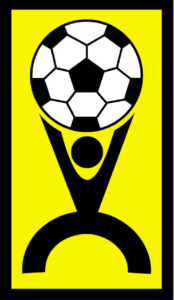Related Links
Turfgrass has its own extensive vocabulary, and while we aren’t going to go over EVERY term, there are a few that will be helpful to know as we discuss our turfgrass maintenance more and more! Some of these words you may have seen before and some of these practices are things you can even use in your own yard once it gets a little warmer out.
Different types of practices:
These items are all practices we perform in the fields to ensure they are the highest quality possible!
Overseeding: To seed an area that is sparsely covered or seed a warm-season plant on a cool-season field in the summer months to ensure a thicker, healthier surface (or vice versa in the cooler seasons).
Aerating: The process of coring to allow more air into the soil and to relieve compaction to help with the growth and strength of roots.
Topdressing: A prepared mixture usually containing sand and organic matter used for leveling and smoothing the playing surface. It aids in controlling thatch in maintaining biological balance.
Fertilizer: A nutrient such as nitrogen applied to turfgrass plant to assist growth. At the Plex, we use organic fertilizers!
Sprig: Small three-to-six-inch pieces of grass stems without soil. Sprigging is when you plant sprigs on a field, usually used in a field renovation.
Sod: Square or strips of established turfgrass with roots used for planting.
Miscellaneous Important terms:
Nitrogen: A very important nutrient for grass. Nitrogen gives the grass its vibrant green color and helps the blades grow sturdy and straight.
Potassium: Another important nutrient for our grasses! Potassium gives grass the strength it needs to fight off stress, drought, and disease. This is very important, especially when there are so many fields for us to take care of!
Thatch: A tightly intermingled layer of dead and decaying roots, and grass plants that develops between the green part of the turfgrass and the soil surface.
Dormant: When a field is in a resting non-vegetative state – much like hibernation! This is what happens to warm-season fields when it starts to get cold out.
In two weeks we will begin looking into what exactly our grounds crew is working on when it’s cold outside!

